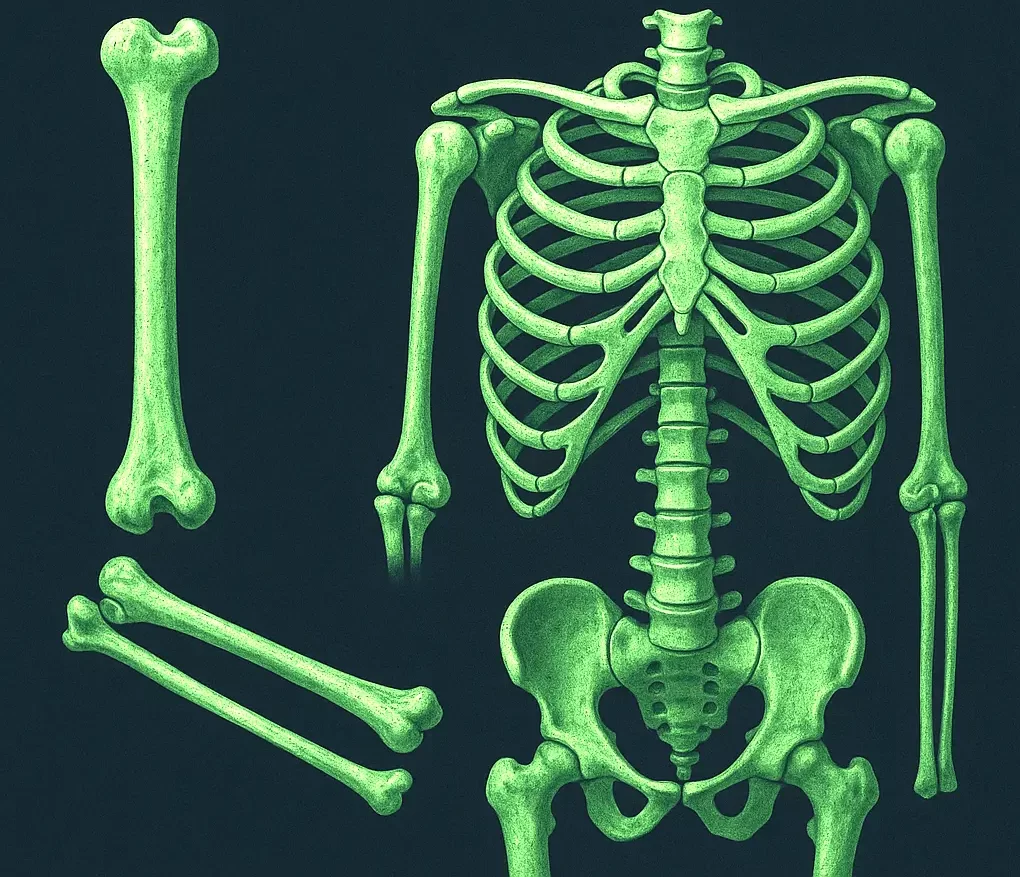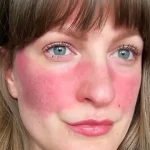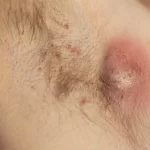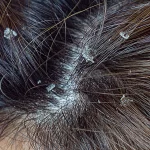A dermatologist for hair loss can identify causes, confirm the type of hair loss, and create a tailored treatment plan. At DermOnDemand, led by board-certified dermatologist Dr. Hannah Kopelman, patients receive expert online guidance designed for clarity, discretion, and effective results.
Key Takeaways
- A dermatologist for hair loss can identify the type of hair loss, such as androgenetic alopecia or telogen effluvium, and design a targeted treatment plan.
- Early signs of hair loss in men and women – like hair shedding, thinning at the crown, or widening parts – should prompt a consultation with a board-certified dermatologist.
- Treatments may include prescription medications, therapies for resistant cases, and lifestyle guidance, with results often visible after three to six months.
- Costs vary depending on the treatment plan, and while insurance rarely covers cosmetic concerns, it may apply when an underlying medical condition is involved.
- Online dermatology services like DermOnDemand, led by Dr. Hannah Kopelman, provide faster access, discreet care, and personalized treatment without long wait times.
When to See a Hair Loss Dermatologist
Signs in women and men
Early signs of hair loss include widening parts, thinning at the crown, or excessive hair shedding on pillows and brushes. In men, male pattern hair loss often begins with a receding hairline or thinning on the crown.
In women, female pattern hair loss usually shows as diffuse thinning across the scalp. Seeking help when these changes appear increases the chance of preserving hair growth.
Can a dermatologist really help with hair loss?
Yes. A hair loss dermatologist has the training to diagnose different forms of hair loss, from androgenetic alopecia to telogen effluvium or traction alopecia. They also distinguish temporary shedding from chronic conditions. This expertise helps patients avoid ineffective remedies and focus on medical treatments that actually treat hair loss.
Best dermatologist for hair loss
The best option is a board-certified dermatologist with experience in evaluating hair follicles and scalp health. Patients should look for specialists who offer a clear treatment plan and explain the causes of hair loss in simple terms. Online access with DermOnDemand enables faster connection with qualified experts compared to traditional office visits.
Diagnosis and Evaluation

Patient history and scalp exam
Dermatologists begin by reviewing medical history, lifestyle factors, and family patterns of hair loss. They ask about recent stress, illness, or medications that could be contributing to hair loss. A scalp exam helps assess density, hair shafts, and visible inflammation.
Tests dermatologists use for hair loss
When needed, tests confirm the form of hair loss. Blood tests can reveal hormonal imbalances or immune system activity associated with alopecia areata. Scalp biopsies may be used to study hair follicles under a microscope. These steps ensure the treatment for hair loss is accurate and targeted.
Hair Loss Treatment Options
What dermatologists prescribe for hair loss
Common prescriptions include topical minoxidil, oral finasteride for male pattern hair loss, and spironolactone for female pattern hair loss. These medications slow progression and encourage hair growth.
Hair loss treatments for women and men
For women, treatments address female pattern baldness and hormone-related shedding. For men, oral medications and topical options slow male pattern hair loss. In both cases, a treatment plan is tailored to the patient’s type of hair loss.
Advanced therapies for resistant cases
Some patients benefit from procedures such as platelet-rich plasma injections or low-level laser therapy. These methods target hair follicles to boost regrowth when standard options are not enough.
How long before results show
Most treatments require at least three to six months before visible improvements. Because hair grows in cycles, consistency is critical. Patients should follow the treatment plan closely to track changes over time.
Cost and Insurance

Understanding dermatologist for hair loss cost
Costs vary depending on the treatment plan, prescribed medications, and the frequency of follow-up visits. Online platforms like DermOnDemand often reduce expenses by cutting out travel and office fees. Patients should consider both immediate and long-term costs of maintaining results.
Does insurance cover hair loss treatment?
Insurance rarely covers cosmetic treatments. However, coverage may apply if the form of hair loss is associated with an underlying condition, such as an immune system disorder. Patients should confirm with their provider before starting therapy.
Local vs. Online Dermatology
Dermatologist for hair loss near me vs online care
Searching for a dermatologist specializing in hair loss near me may take weeks to secure an appointment. Online dermatologists offer faster access, sometimes within 24 hours. This option ensures privacy and flexibility without long waiting times.
Finding a local hair loss specialist
A local hair loss specialist can provide in-person procedures when needed. However, for many patients, starting with an online consultation enables them to address hair loss quickly and receive expert guidance. Both approaches can complement each other depending on the case.
Why Choose DermOnDemand Specialists
DermOnDemand combines board-certified dermatologist expertise with digital convenience. Led by Dr. Hannah Kopelman, the service offers personalized treatment for various forms of hair loss, including androgenetic alopecia, alopecia areata, and telogen effluvium. Patients gain trusted care without leaving home.
Start Your Online Dermatology Plan Today
If you notice signs of hair loss, do not wait until it progresses. DermOnDemand provides fast, discreet, and effective access to a hair loss dermatologist. Book your private consultation today and begin a treatment plan designed to restore confidence and support healthy hair growth.








